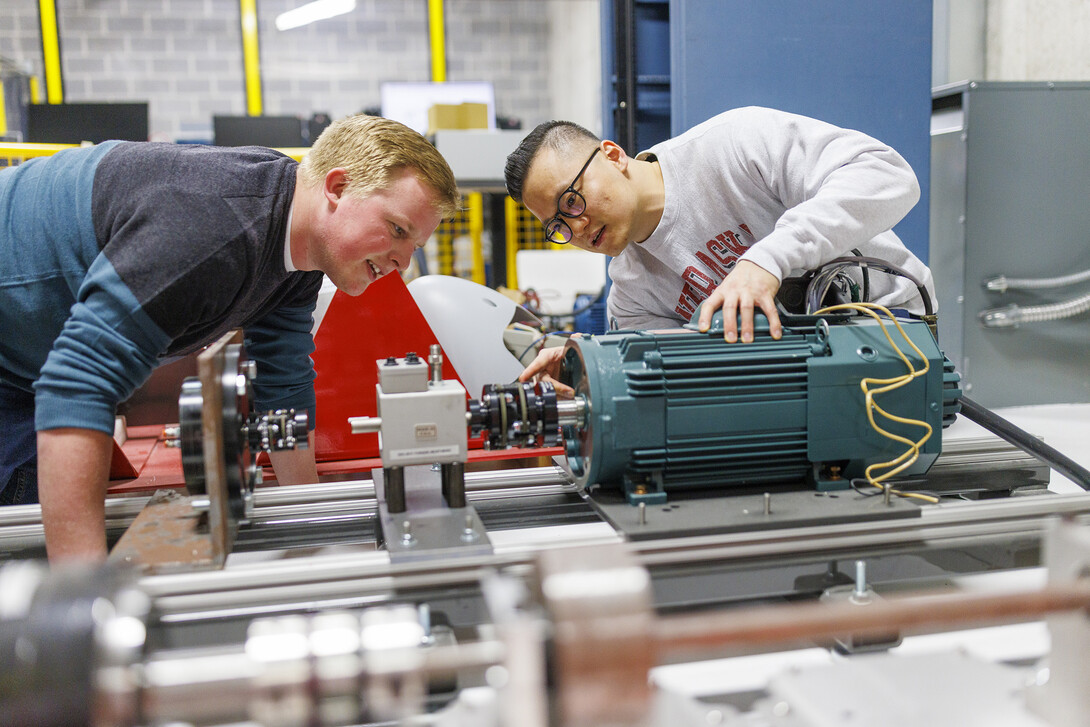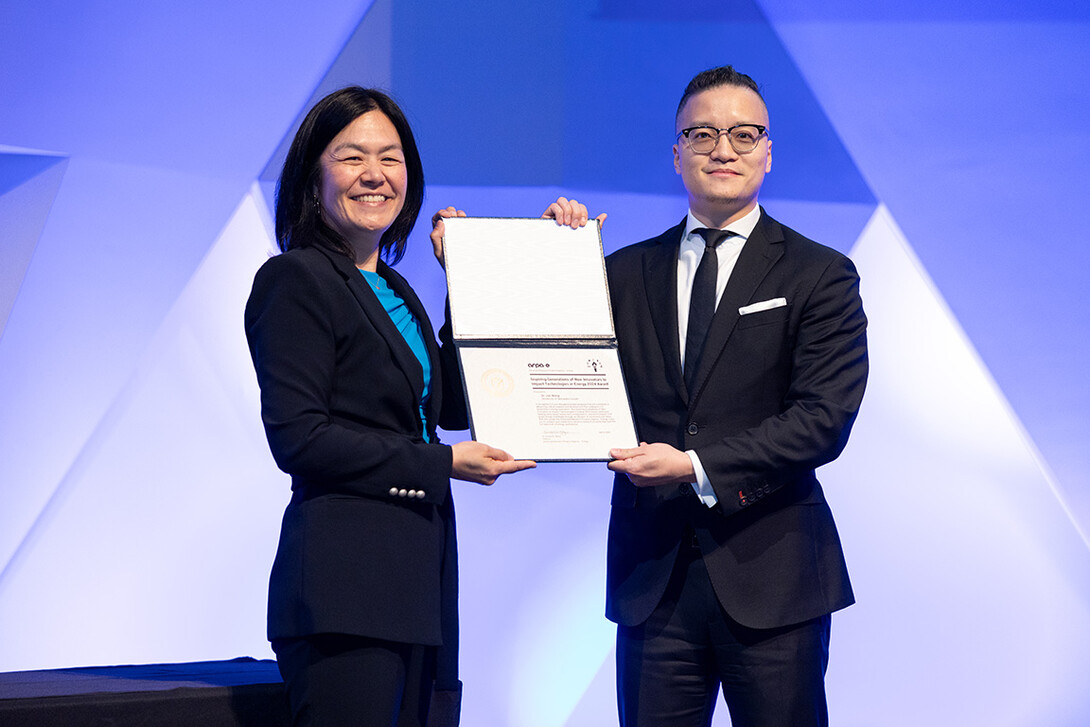
As data centers and electric vehicles become more commonplace, they pose an increasing challenge to America’s power grids to deliver significantly more electricity than ever before.
With the support of a $500,000, two-year grant from the Department of Energy, Nebraska Engineering researcher Jun Wang is combining three of his patented innovations to create a new power module that enhances power-grid resilience with 30 times faster switching frequency and five times higher power density than current devices.
Wang’s project is one of 23 selected by the Advanced Research Projects Agency-Energy's Inspiring Generations of New Innovators to Impact Technologies in Energy program, which supports early-career innovators seeking to convert “disruptive and unconventional ideas into impactful new technologies across the full spectrum of energy applications.”
“It’s about enabling the technology with a new, disruptive semiconductor technology,” said Wang, assistant professor of electrical and computer engineering.
Wang said much of the current grid infrastructure is more than 50 years old, meaning “we could face a situation where we don’t have enough capability to provide energy and make it sustainable.”

“There are so many resources (to harvest electricity), like offshore or wind, that help convert this kind of new renewable energy to power these new data centers and increased number of EVs,” Wang said. “That means better semiconductor modules as a key component, and that’s why we developed MetaPak.”
The MetaPak (multicell electrical-transient-accelerated press-pack) module marries three patented technologies – switch-sell building block architecture with high flexibility and minimized power-loop inductance, a beryllium-copper monolithic spring, and a MetaMind device manager and E-field and EMI containment.
As greener transportation technology and artificial intelligence become more common, the demand for electricity is expected to grow at rates outpacing trends of the past half century. That growth will likely put stress on power grids everywhere, particularly in Nebraska.
More than 5,800 data centers were operating in the United States in June 2024, more than half of the total worldwide. And with the growing presence of tech giants like Google and Meta, the Omaha metro area ranks second nationally in data center power demand with an estimated 1.23 gigawatts.
Data centers are expected to consume between 4.6% and 9.1% of U.S. electricity by 2026, and the amount of energy they need is expected to double every five to six years.
The U.S. Energy Information Administration reported in March 2024 that more than 3 million EVs were registered in the U.S. and that 7% of light-duty vehicles — a segment that excludes large trucks and aviation — sold this year will run on electricity. By 2030, it is expected that electric vehicles will constitute half of all new cars sold in the U.S., and the energy consumed by light-duty vehicles will increase 3,360% by 2035.
“Our infrastructure has great power, but there’s a gap between what we can supply now and what we’ll be required to supply in the future. We are bridging that gap with new packaging, new topology and new intelligence together to change the existing infrastructure,” Wang said.







